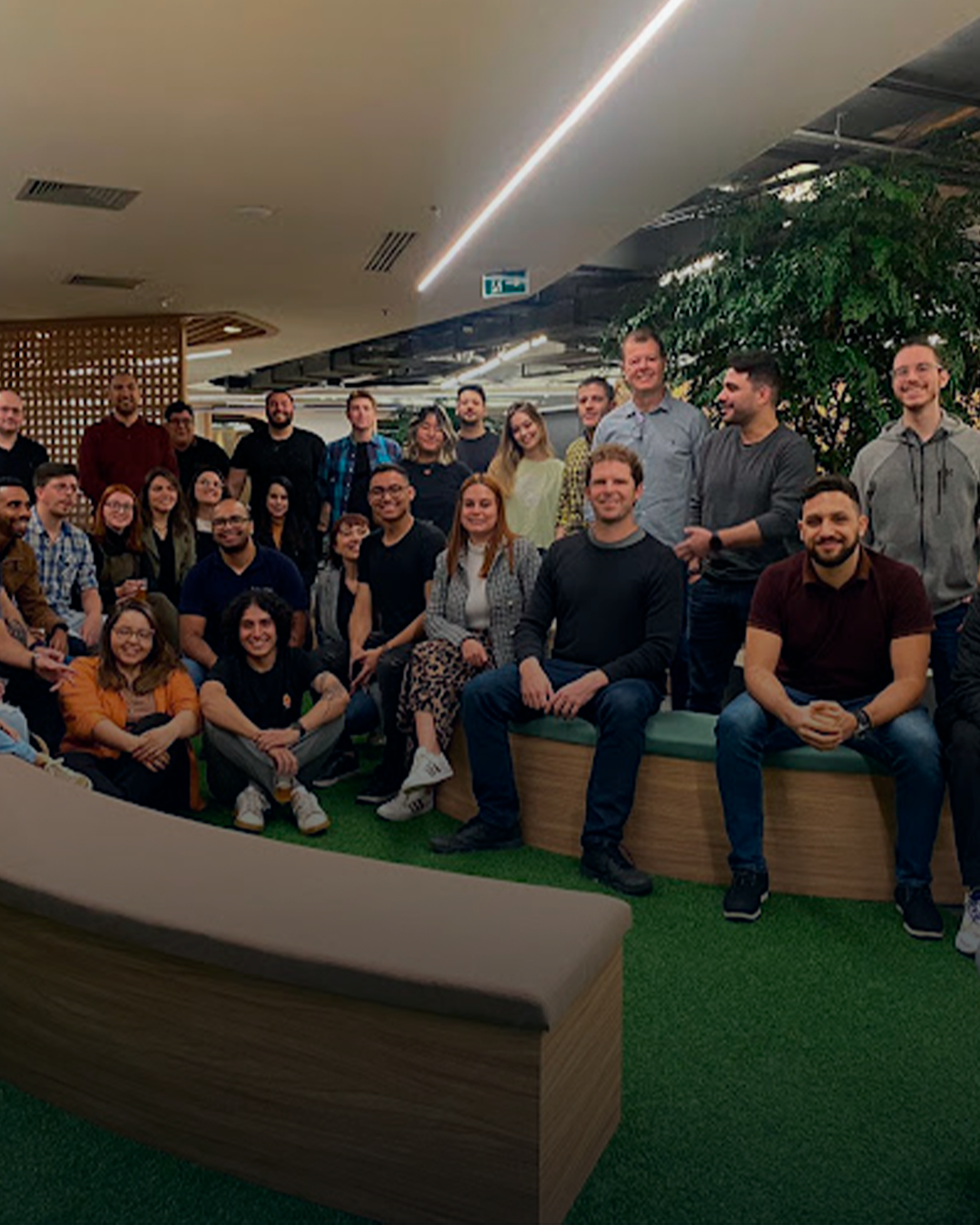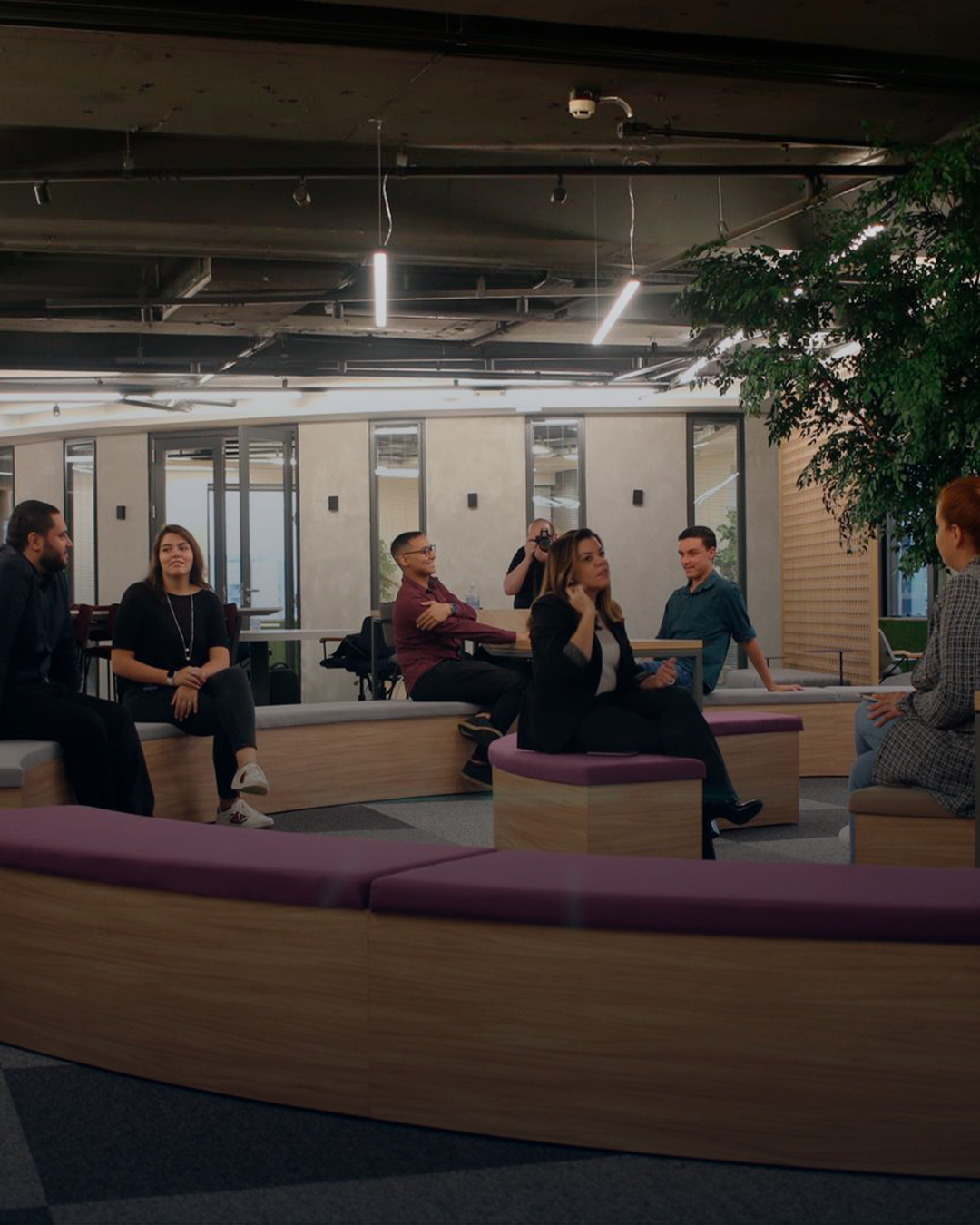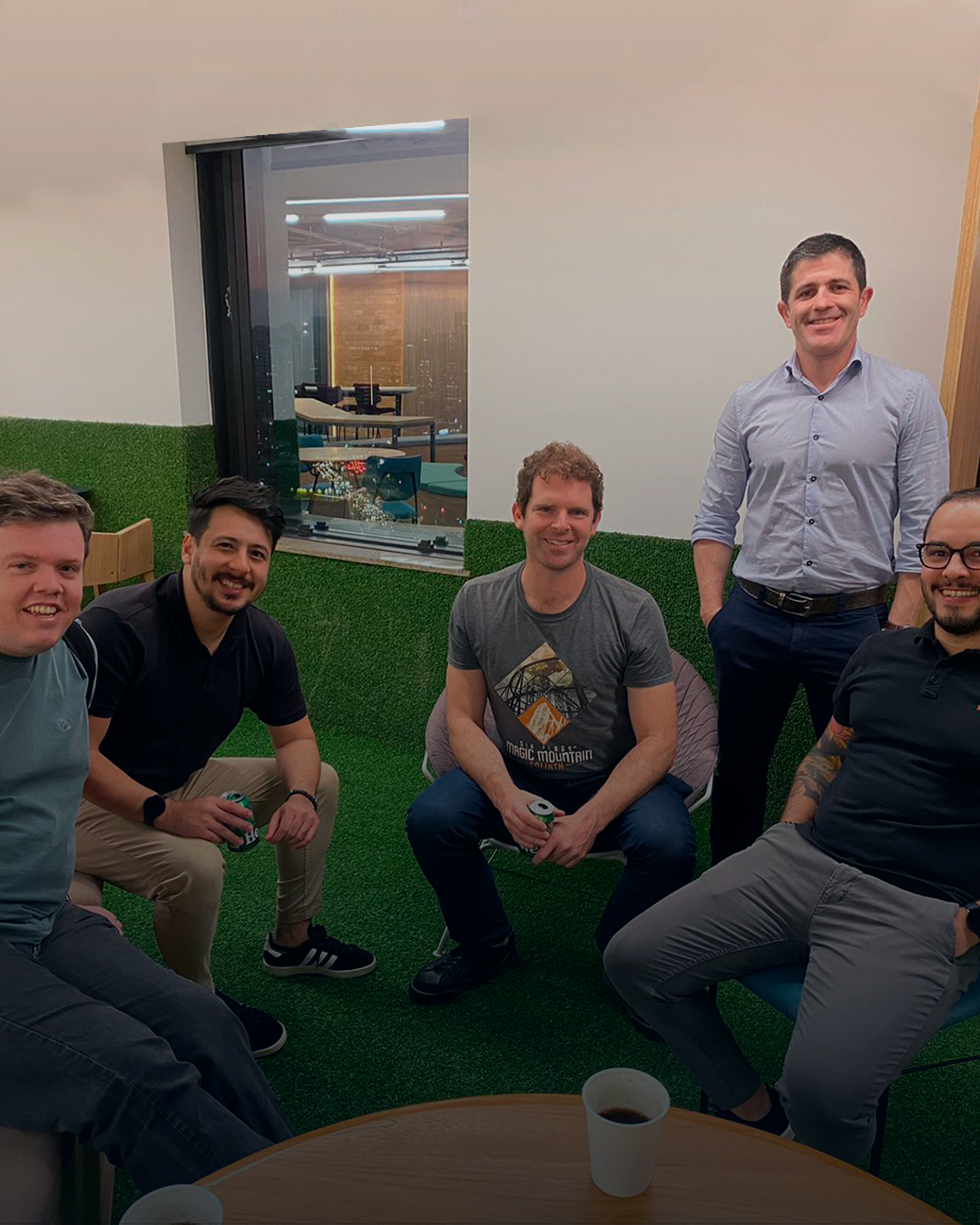Application Modernization

Understanding Application Modernization: Why, When, and How to Modernize Legacy Software

Reasons for Modernizing Legacy Applications
Reasons for Modernizing Legacy Applications
Adopting New Technologies
Finally, modern development languages are much more expressive and less error-prone, boosting developer productivity and helping to build advanced software faster.
When Does an Application
Become Legacy?
Legacy
Modernization or
Digital Transformation?
This is the easiest and basic option. It is the right choice when business benefits do not justify the modernization costs or risks or when modernization is not possible until other applications are modernized.
How We Can Help You ?
We master all these paths
We offer modernization solutions
Our team of experts can evaluate your existing applications, identify legacy ones, and provide the best modernization options based on your goals, resources, and constraints. We can help you choose the right modernization solution, from re-hosting and re-platforming to complete rewrite, ensuring that the selected option meets your business needs and delivers a high ROI.
Unlock the benefits of modernization
Customers who
recommend Luby

Arthur Piasi
TI Manager, Datora Telecom

Francisco Mota
Product Owner, ISH Tecnologia

Aldo Pietropaolo
CSO, Neocova

Bruno Paravatti
Tech Manager, Agrotools

Jean Paul Crouzoulon
COO, FOXTROT
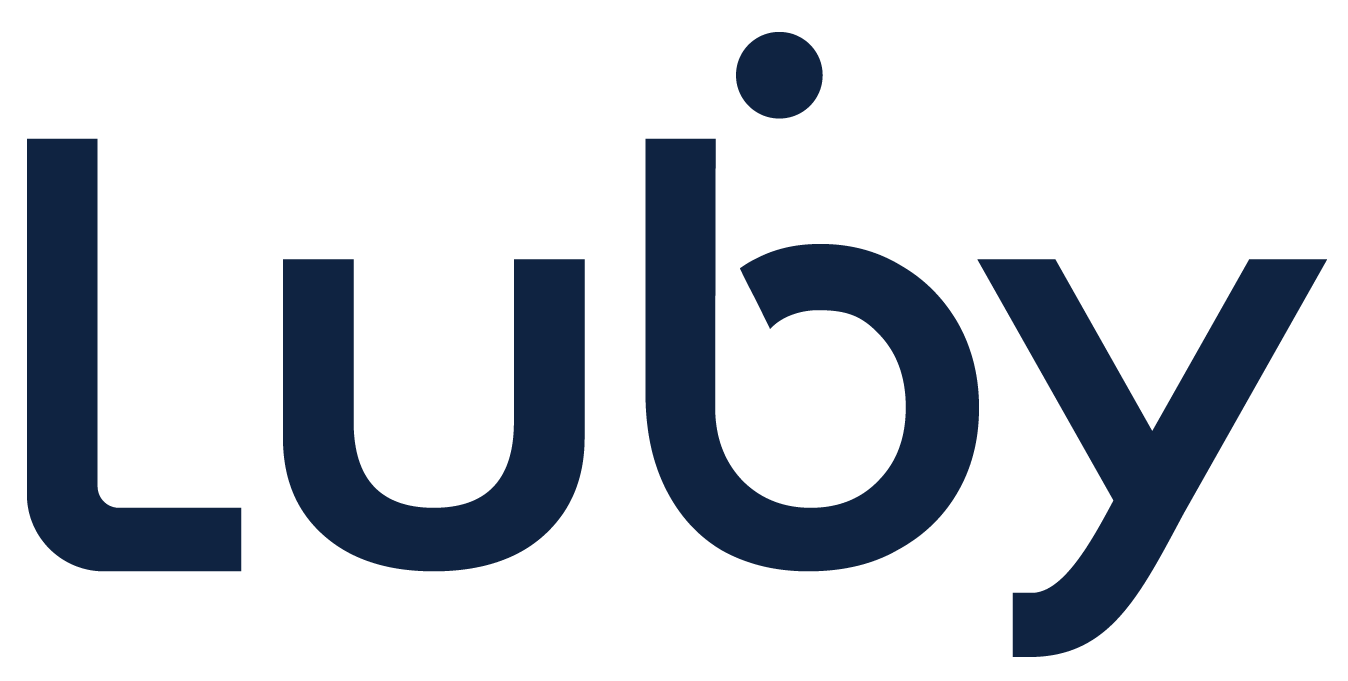
Accelerate the Transformation
Your Company’s Digital
Please fill in the form or call (11) 3055-3404
Contact us
Luby BR
São Paulo – Brazil
Av. Pres. Juscelino Kubitschek, 50, 17º andar – Itaim Bibi
Fone:
Email:
Luby USA
Miami – USA
1110 Brickwell Ave, ste 310
Phone:
Email:
